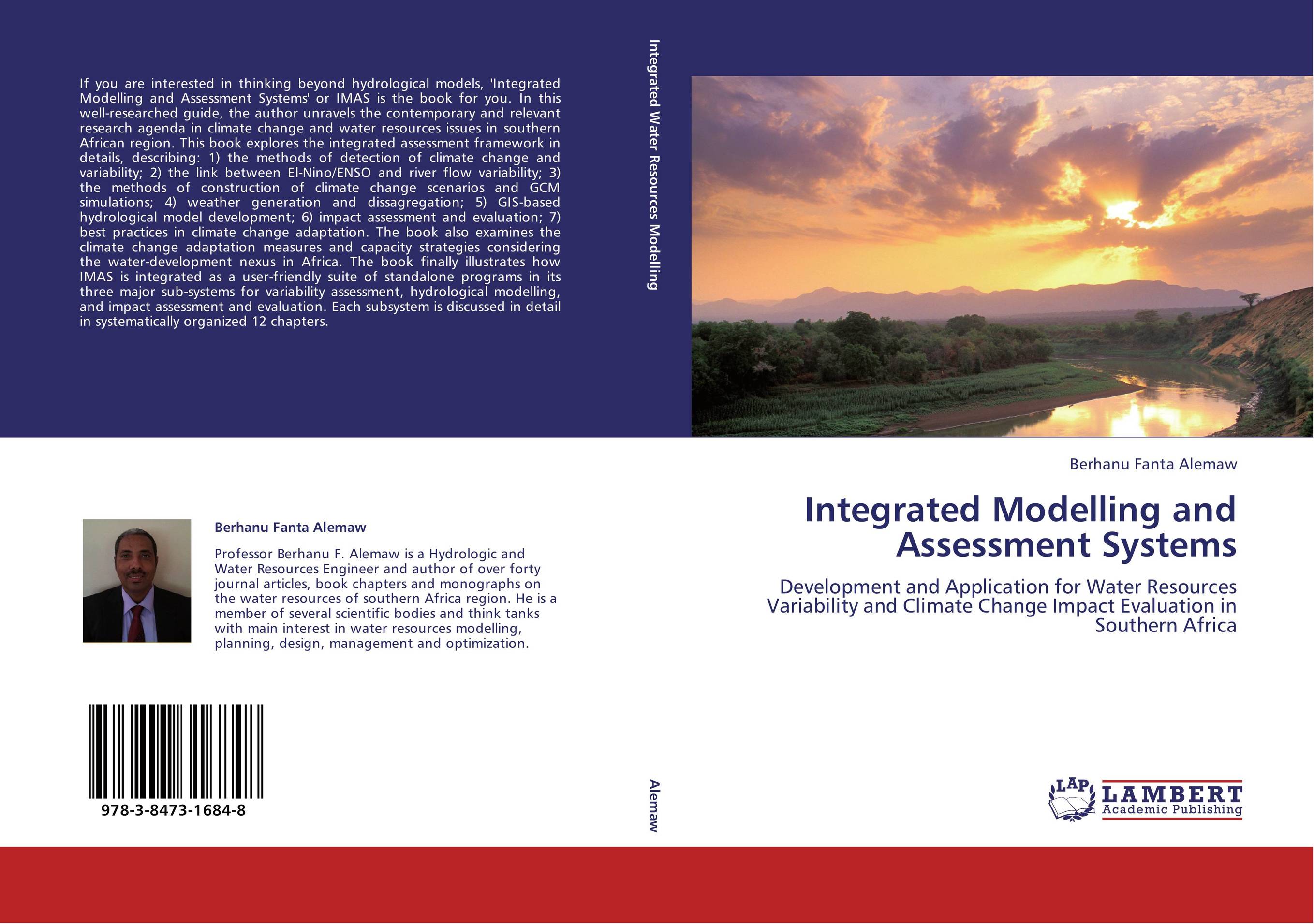| Поиск по каталогу |
|
(строгое соответствие)
|
- Профессиональная
- Научно-популярная
- Художественная
- Публицистика
- Детская
- Искусство
- Хобби, семья, дом
- Спорт
- Путеводители
- Блокноты, тетради, открытки
Integrated Modelling and Assessment Systems. Development and Application for Water Resources Variability and Climate Change Impact Evaluation in Southern Africa

В наличии
| Местонахождение: Алматы | Состояние экземпляра: новый |

Бумажная
версия
версия
Автор: Berhanu Fanta Alemaw
ISBN: 9783847316848
Год издания: 2012
Формат книги: 60×90/16 (145×215 мм)
Количество страниц: 284
Издательство: LAP LAMBERT Academic Publishing
Цена: 53599 тг
Положить в корзину
Позиции в рубрикаторе
Отрасли знаний:Код товара: 500692
| Способы доставки в город Алматы * комплектация (срок до отгрузки) не более 2 рабочих дней |
| Самовывоз из города Алматы (пункты самовывоза партнёра CDEK) |
| Курьерская доставка CDEK из города Москва |
| Доставка Почтой России из города Москва |
Аннотация: If you are interested in thinking beyond hydrological models, 'Integrated Modelling and Assessment Systems' or IMAS is the book for you. In this well-researched guide, the author unravels the contemporary and relevant research agenda in climate change and water resources issues in southern African region. This book explores the integrated assessment framework in details, describing: 1) the methods of detection of climate change and variability; 2) the link between El-Nino/ENSO and river flow variability; 3) the methods of construction of climate change scenarios and GCM simulations; 4) weather generation and dissagregation; 5) GIS-based hydrological model development; 6) impact assessment and evaluation; 7) best practices in climate change adaptation. The book also examines the climate change adaptation measures and capacity strategies considering the water-development nexus in Africa. The book finally illustrates how IMAS is integrated as a user-friendly suite of standalone programs in its three major sub-systems for variability assessment, hydrological modelling, and impact assessment and evaluation. Each subsystem is discussed in detail in systematically organized 12 chapters.
Ключевые слова: Integrated systems, Water resources, Hydrology, GIS, climate change, weather generation, downscaling models, adaptation planning, impact assessment and evaluation



